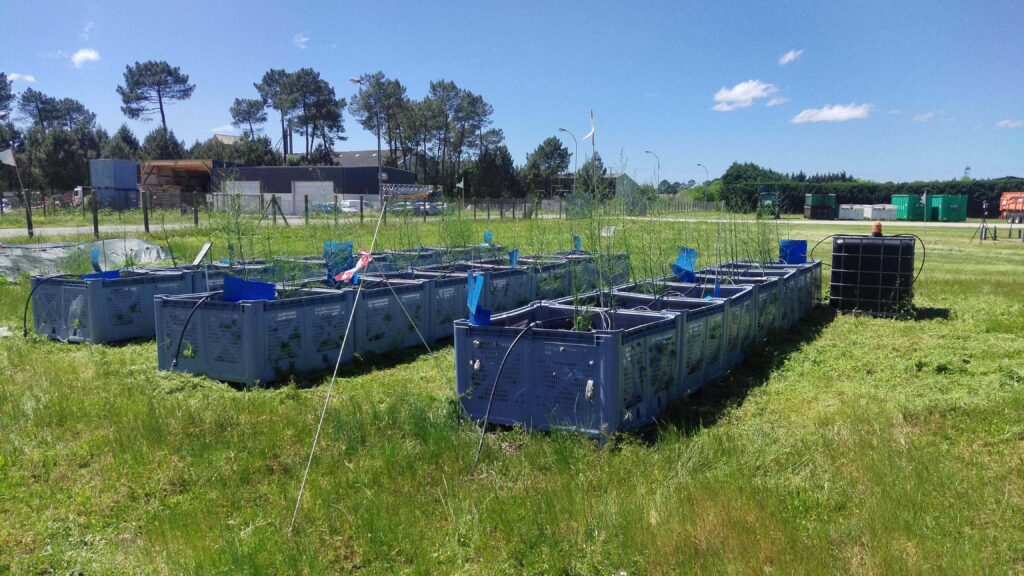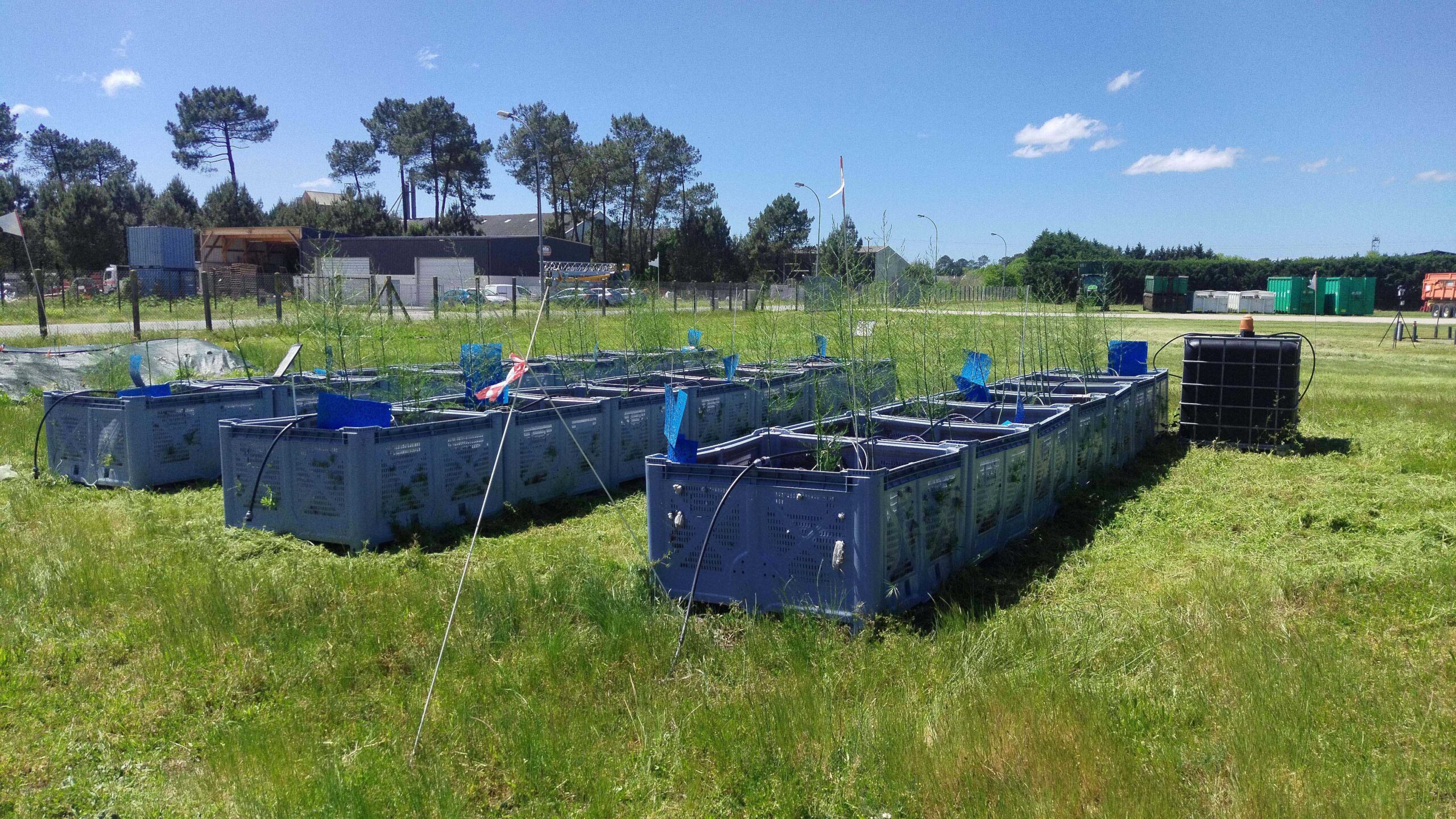Against asparagus dieback, unity is strength
The phenomenon of asparagus plantation dieback concerns all production areas in France, with variations depending on the year and climatic conditions. “In Maine-et-Loire, Landes or Gard, the mortality rate of shoots in vegetation is estimated at 10 to 20% on asparagus plantations over 8 years old. And yield losses can reach 30%,” said Maurane Pagniez of Invenio Asparagus Pole (a French experimentation centre). Phytophthoras, fusariums and purple rhizoctonia are the main causes and mycorrhization could limit or even resist these pathogens.
Promote the establishment of mycorrhizae
To avoid contamination of asparagus fields, crowns are often disinfected and treated before planting. “But this operation has the effect of destroying the endogenous mycorrhizae normally present on the crowns and making the young plants more sensi-tive to soil pathogens,” said Pagniez. The objective of a study by Invenio called Mycado is to evaluate the potential positive effects of the establishment of mycorrhizae. The project also aims to identify whether these mycorrhizae, once installed, have an impact on plant vigour. These tests involve comparing several strategies for promoting the establishment of mycorrhizae. “First of all, it is possible to wait for these mycorrhizae to settle without outside help, since it is a natural phenomenon,” said Pagniez. A second strategy is to employ « commercial solutions » for bringing these fungi. A third way is to obtain plants whereby nursery workers directly introduce mycorrhizae. The last strategy requires an intermediate step of relaying plants so as to multiply mycorrhizae, either by natural or commercial means, then incorporating this soil into the growing medium.
Impact on dieback
“After a year of culture in pallox, mycorrhizae became established via all modalities, including the control modality; that is to say, the one containing just the soil of a plot on which an absence of mycorrhization had been noted,” said Pagniez. In response to the other strategies, results will vary depending on whether the focus is on mycorrhization or on asparagus biomass. “The trial, which was set up in 2021, must be monitored over time with disease inoculations if necessary to ultimately validate the impact of mycorrhizae on resistance to dieback,” said Pagniez.























